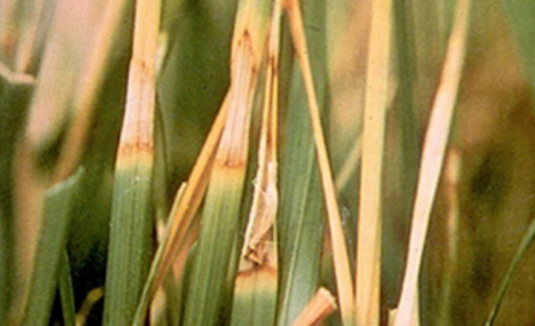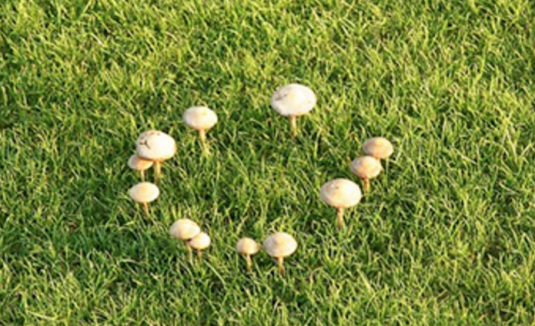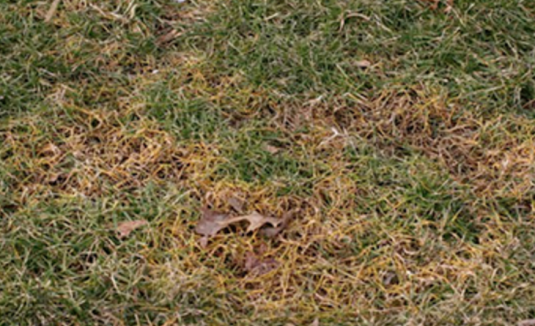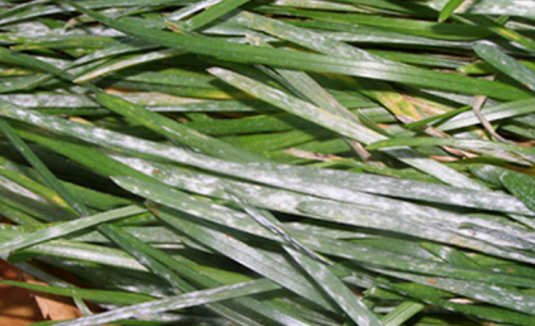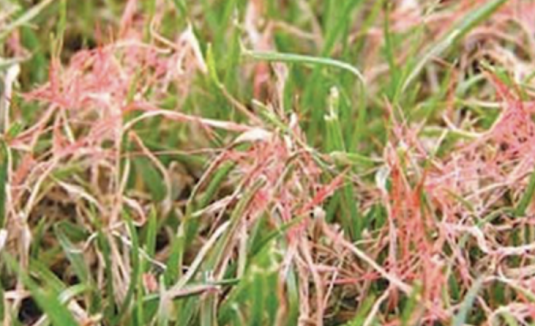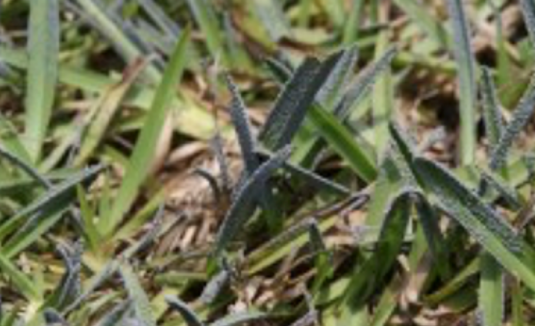Lawn Disease Management
GoldenRule’s integrated lawn disease management is part of our GoldPlan Lawn Plus Treatment Program. Ultimate success against lawn fungus and disease or any undesirable pest, is what GoldenRule is determined to provide. When lawn fungus and disease begin to overtake your lawn, typically we will provide 3 treatments 20 days apart that will resolve the fungus disease.
- Cultural Control – take care of the originating cause of the fungus/disease
- Organic Control – always look at natural and organic solutions to treat the problem
- Physical Control – sometimes instead of spraying the entire lawn, all you need is to cut out the problem manually (no chemicals needed)
- Substance Controls – when fungus and lawn disease have taken over a lawn, we use products that target only the specific disease. We always look out for what matters most, your family! (including pets)
By combining these four control methods we are able to not only take care of the unsightly fungi and disease in your lawn, we are able to do it with the least impact to the environment.
When lawn fungus and disease begin to overtake your lawn, typically we will provide 3 treatments 20 days apart that will cure the fungus disease.

